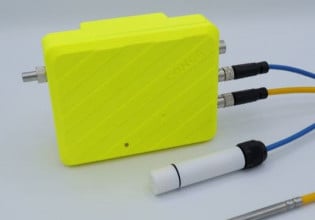S
My quandry is this. I have a Quantum 534 PLC and I'm using a RTXMIT block to read ASCII information from a sensor. The information is coming back to the PLC, but I'm having a problem taking the data (which is a floating point number in Hex ASCII) and putting it into a register (Real Datatype). Structured text seems to be the only option. I just wanted to know if anyone else out there has had a similar issue with ascii sensors and Concept IEC.
Best Regards,
Santosh David
Best Regards,
Santosh David






